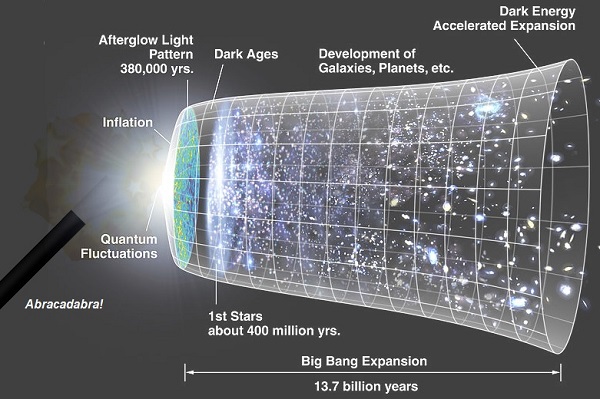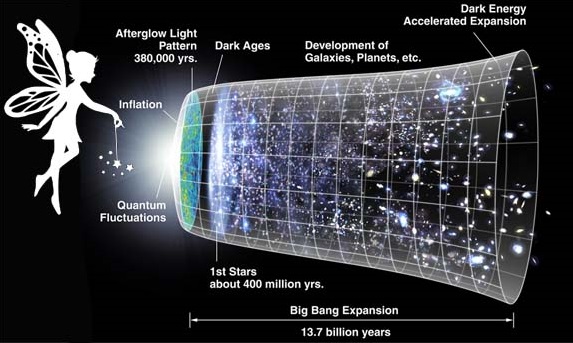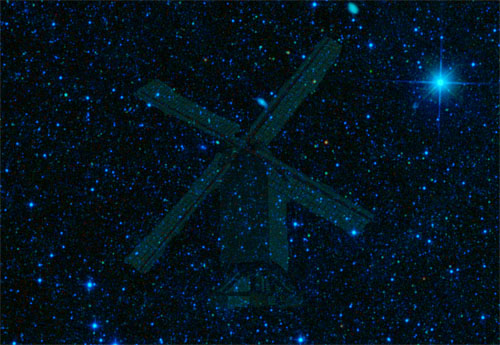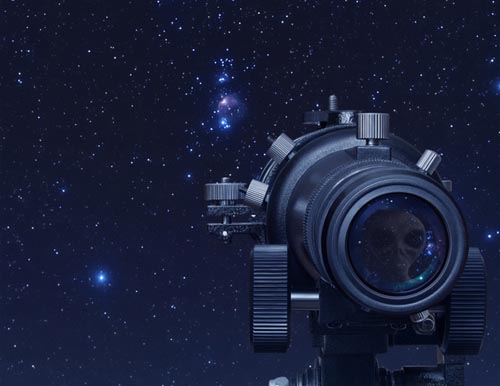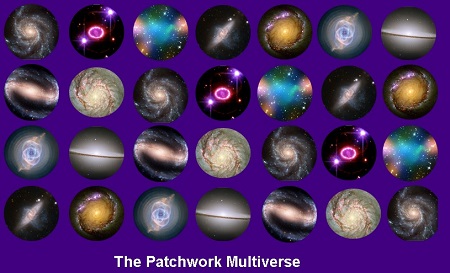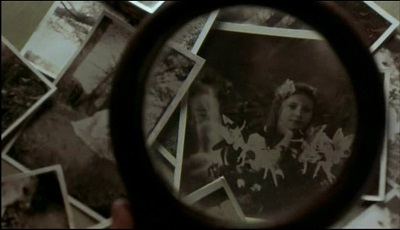The Discovery TV series “How The Universe Works” (HTUW) purports itself to be a science series focusing on cosmology. In actuality it plays the same role for secular scientists that the main stream media plays for the left. That is to say it is a propaganda outlet. It promotes evolution expressed as Big Bang cosmology and Neo-Darwinism – just as the Main Stream Media have become nothing more than a large megaphone for left wing causes and talking points. I tune in to HTUW from time to time because they do manage to show some science in the process, but for the most part I watch to see the latest lies they’re using to prop up the failed theories of Darwinian evolution and the Big Bang.
A recent episode was titled “Aliens of the Microcosmos.” Since they usually focus on matters pertaining to outer space I tuned in to see what they’d be saying about these micro “aliens.” The motivation for this episode was quickly revealed as they showed a detailed depiction of the coronavirus. (above) This was apparently going to be “How the Universe Works explains the coronavirus.” But the goal was the same – to apply the same evolutionary lies to the microcosmos – which they succeeded in doing handily, hitting or paralleling all the major lies. For example, just as evolutionists wind up telling us we’re descendants of some apelike creature, this episode wound up telling us we’re likely descendants of viruses. I know that’s a bit hard to believe (at least I found it to be a stretch), so I’ll include a clip of planetary scientist Jani Radebaugh, astronomer Michelle Thaller and astrobiologist Kathryn Bywaters all telling us how we might be descendants of viruses. I’ll drop that in below. Continue Reading



